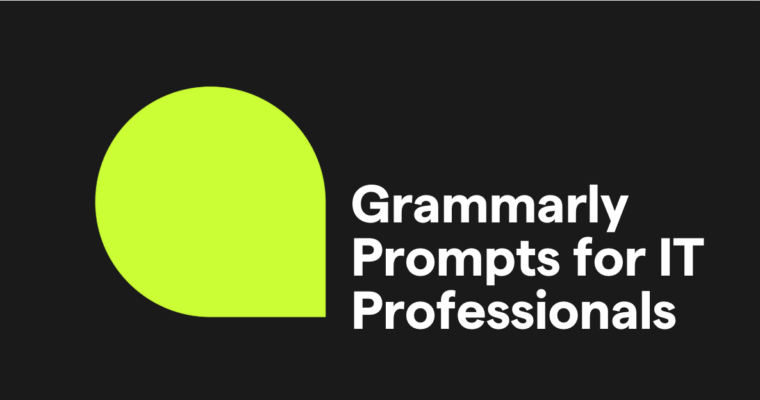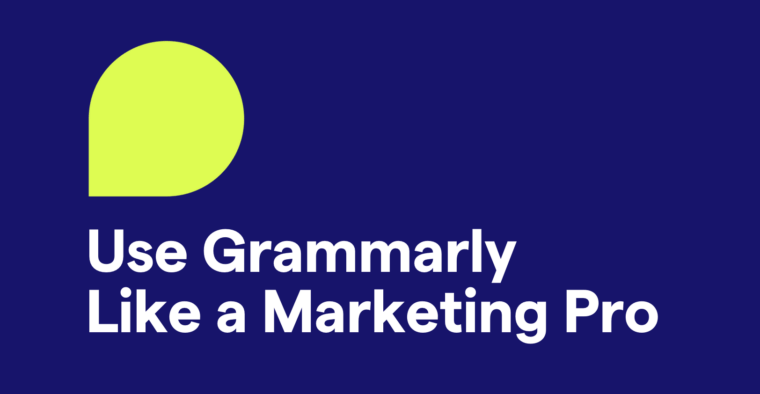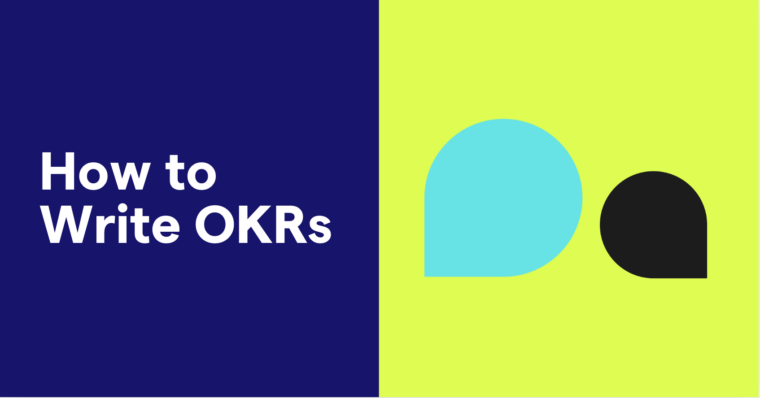
Throughout your career, you’ll likely find yourself writing business letters. In fact, you may start writing them before your career officially begins, as application and inquiry letters are also business letters.
A business letter is a formal letter that’s generally, but not always, written from one professional to another to further their organization’s interests. In some instances, as with cover letters and interview follow-ups, they serve to further the sender’s career interests.
What is a business letter?
A business letter is a formal message typically sent from one professional to another. Generally, business letters discuss opportunities for companies to work together, such as through a strategic partnership, collaboration, promotion, or request.
It’s important to keep in mind that a business letter is not the same as a business email. By definition, a business letter is a printed letter delivered to the recipient’s desk or address. This attribute is part of what makes business letters stand out from an email inquiry, which is why they tend to be used for important communications. However, there are a few similarities between business letters and business emails. Both follow a similar format and end with a direct call to action.
There are many types of business letters, including these:
- Sales letters
- Letters of recommendation
- Inquiry letters
- Application letters
- Letters of intent
- Transmittal letters
- Offer letters
- Resignation letters
- Interview follow-up letters
- Request letters
- Office memorandums
- Cover letters
- Invitations
There are two main differences between a business letter and an informal letter: format and content.
When do you send a business letter?
Business letters are sent when individuals, either representing their companies or themselves as self-employed small-business owners, aim to conduct business. Here are examples of these instances:
- Inviting an individual or team to a networking or other exclusive event
- Thanking an interviewer for their time
- Following up on a previous business inquiry
- Offering a promotional deal or new product or service
- Notifying all team members of a policy change, important new hire or promotion, or other company news
- Formally offering an applicant a position
What are the parts of the business letter?
Header (date/address/return address)
Date: When you write a business letter, it’s crucial to include the date on which you wrote it. This information is essential for time-sensitive communication, such as promotional offers.
Address: Write the recipient’s full address, including their PO Box number or office suite.
Return address: Include your company’s full address. This makes it easy for the recipient to send a response.
Salutation
In a business letter, the standard salutation is “Dear.” Begin your letter with “Dear [recipient’s name]” and add a comma after the name. You may choose to address the recipient by an honorific paired with their last name or simply by their first and last name. When you cannot determine the recipient’s name, you may address the letter to their title.
Body
The body paragraphs take up the bulk of a business letter. This section discusses the offer, proposition, or announcement the letter is making. It includes these sections:
- An introductory paragraph that states the letter’s main purpose and, if necessary, introduces the letter writer.
- One or more middle paragraphs that discuss the letter’s subject in greater detail. This could be a job applicant’s relevant experience, the details of an offer, the repercussions of a policy change, or what the recipient can expect at the event to which they’re being invited.
- A final paragraph that restates the letter’s purpose and offers an incentive, such as early bird pricing, for the recipient to follow up.
Closing
After the body section, close the letter with a simple, professional sign-off. Appropriate sign-offs include the following:
- Sincerely
- Regards
- Best
- Respectfully
Signature
The final component of a business letter is your signature. Include your full name and any abbreviations that follow, such as MBA or PhD.
How to write a business letter in 6 steps
1 Learn the rules
Before you sit down to write a business letter, familiarize yourself with the rules for writing a business letter, such as these:
- Address the recipient properly. If you aren’t sure which honorific is appropriate or how to spell their name, take a moment to research this information.
- Format the letter properly. A business letter format is not the same as an informal letter or email format.
- Include all relevant information. This means including both the recipient’s address and your own, the date, and all necessary details to engage the reader and enable them to respond in a thoughtful, appropriate manner.
It can be helpful to review business letter examples to see how other writers adhere to these rules. Ask a colleague or your manager for a past letter to read or search for examples of business letters online.
2 Choose a suitable format
The business letter format is a key characteristic of this type of communication. A business letter may be formatted in one of the following ways:
- Block
- Semi-block
- Modified block
In block format, all the lines are left-justified, and there are no indents.
In semi-block format, all the lines are left-justified, and each paragraph is indented.
In modified block format, the heading, closing, and signature are right-justified, while the body and addresses are left-justified. In this format, there are no indents.
No matter which format you choose, the letter should be single-spaced with a blank line separating paragraphs and sections.
3 Use formal language
A business letter is formal, professional communication. This doesn’t mean it should be stuffy or stilted, but it should maintain a professional tone and adhere to traditional business letter formatting.
4 Focus on the content/subject
A business letter should focus on one topic. This could be an offer, an inquiry, a thank-you, a response, or a request. Do not deviate from your letter’s subject or include multiple subjects in the letter—doing so may make it confusing and undermine your letter’s intent.
5 Consider the length
Business letters vary in length. Sometimes, they’re only a page long. If your letter exceeds two pages, create a separate report that covers the bulk of the letter’s content. Instead of sending a long letter, send the report with a short letter that summarizes it for the reader.
6 Include your signature
Every business letter should include a signature—i.e., your name, company, and title typed and your name in blue or black ink.
Business letter examples
Example 1
Mr. Steven Ramirez Ink Company Name 1 Example Rd. City, NY 10001
July 11, 2023
Mrs. Juliana McCue Stationery Company Name 44 Example Way City, CA 94024
Dear Juliana McCue,
I’d like to personally thank you for being such a loyal customer. Over the past five years, Stationery Company Name has been a top seller of Ink Company Name, and I speak for our entire team when I say we genuinely appreciate and value your partnership.
As a thank-you, I’d like to offer an exclusive collaboration opportunity: a fully customized hue exclusive to your retailer. Our team of experienced color specialists can develop any shade of the rainbow, from the darkest light-inhaling blacks to bright, reflective neons and iridescent inks. Offering an exclusive color can make your brand stand out and draw fountain-pen users from around the world to your website and brick-and-mortar store.
I’m happy to show you examples of custom colors our team has developed for other partners. Please let me know if you’d like to schedule a video call, during which I can explain our offer in greater detail and start exploring colors with you. I’m looking forward to showing you all the ways you can express your unique brand through a one-of-a-kind shade of ink.
Sincerely,
Steven Ramirez Head of Color Development Ink Company Name 555-0000
Example 2
Daneris Garcia 4950 Example St. City, WA 10000
May 14, 2022
Mr. Neal Patel Head of Marketing Marketing Agency Name City, AZ 20000
Dear Mr. Patel,
Thank you for taking the time to interview me for the role of graphic supervisor at Marketing Agency Name. I believe we made a strong connection and that I’d be an excellent fit for your team.
As a graphic designer, my passion is finding innovative ways to visually represent emerging and established brands. While I have significant experience working in 2D and 3D, I’ve prioritized designing for VR and AR spaces in the past five years. I know my experience with numerous clients in the tech industry that are focused on developing products in these spaces will make me an asset to your team.
I hope you consider me for the position. If you have any questions or would like me to share additional examples of my previous work, please don’t hesitate to ask. I am proud of the work I’ve done for MANGA firms and excited about doing similar work with your team.
Best regards, Daneris Garcia
Business letter FAQs
What is a business letter?
A business letter is a formal letter that’s generally written from one businessperson to another to further their career or their company’s interests.
What is the purpose of a business letter?
The purpose of a business letter is to communicate professionally with a company, institution, or nonprofit organization.
What are the different kinds of business letters?
- Cover letters
- Sales letters
- Invitations
- Follow-ups
- Complaint letters
- Letters of intent
What should every business letter contain?
- Date
- Return address
- Inside address
- Salutation
- Body
- Closing
- Signature






